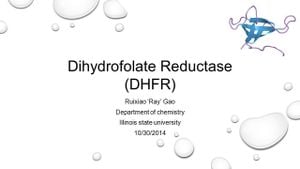A new approach to calculating additional stresses in irregularly shaped foundation soils has the potential to revolutionize engineering practices, particularly for structures subjected to non-uniform loads. Traditional methods, rooted in elasticity theory, often fall short when dealing with irregular shapes and distributions of loads. This new method leverages advanced numerical techniques to provide more accurate results, making it indispensable for modern engineering challenges.
The classical methods for estimating additional stresses, primarily based on the Flamant and Boussinesq solutions, have long been constrained by their applicability to regular-shaped foundations and uniformly distributed loads. Consequently, engineers frequently encountered significant errors, particularly when facing irregular load distributions. The researchers have now introduced innovations based on the Gauss–Legendre numerical product formula, which is instrumental for achieving accurate stress calculations irrespective of the foundation’s shape.
This new calculation methodology, anchored on principles from the Gauss–Legendre quadrature, allows for seamless integration across complex domains. By utilizing Simpson’s formula alongside Gaussian summation, the method adeptly assesses additional stresses not just within rectangular domains, but under various load configurations, showcasing its broad applicability.
According to the study, validation through practical examples indicates the Gaussian product calculation method delivers results consistent with classical elasticity theory. Essentially, as the method refines itself with more complex product computations, results remarkably converge with those predicted by classical methods. This highlights the method's potential to outstrip traditional finite element analysis approaches, particularly concerning modeling complexity, computational efficiency, and cost effectiveness.
Applications of this technique are particularly relevant for constructions situated on heterogeneous soils or subjected to irregular load conditions, such as those found at construction sites for bridges, towers, and large buildings. For engineers, the methodology reduces the computational burden often associated with finite element methods—where accuracy can fluctuate based on boundary conditions and soil models. The simplicity and improved control offered by this new calculation method empower engineers to make more informed decisions when designing foundations.
Field tests conducted at the Dongrong mine, located in Heilongjiang Province, China, serve as practical validations of the new methodology. Here, the ability of the technique to accurately assess additional stresses under real-world conditions was put to the test. The calculations matched closely with results from finite element modeling using established software, confirming the robustness of this new approach.
The researchers acknowledge potential challenges related to the computational intensity required as orders of Gaussian quadrature increase to improve accuracy. Nevertheless, they suggest this can be efficiently managed through smart computational programming. The adoption of the complex Gaussian product method could offer significant advantages for field engineers, enabling more straightforward applications without complicated integral evaluations typically seen with other methods.
Finally, it is apparent from this advancement, not only is the method poised to influence engineering calculations significantly, it opens doors for future research directions aimed at optimizing the computational aspects for modeling additional stresses across diverse geotechnical scenarios. With continuous improvements and applications being explored, the study provides exciting prospects for enhancements within foundation engineering and soil mechanics.



